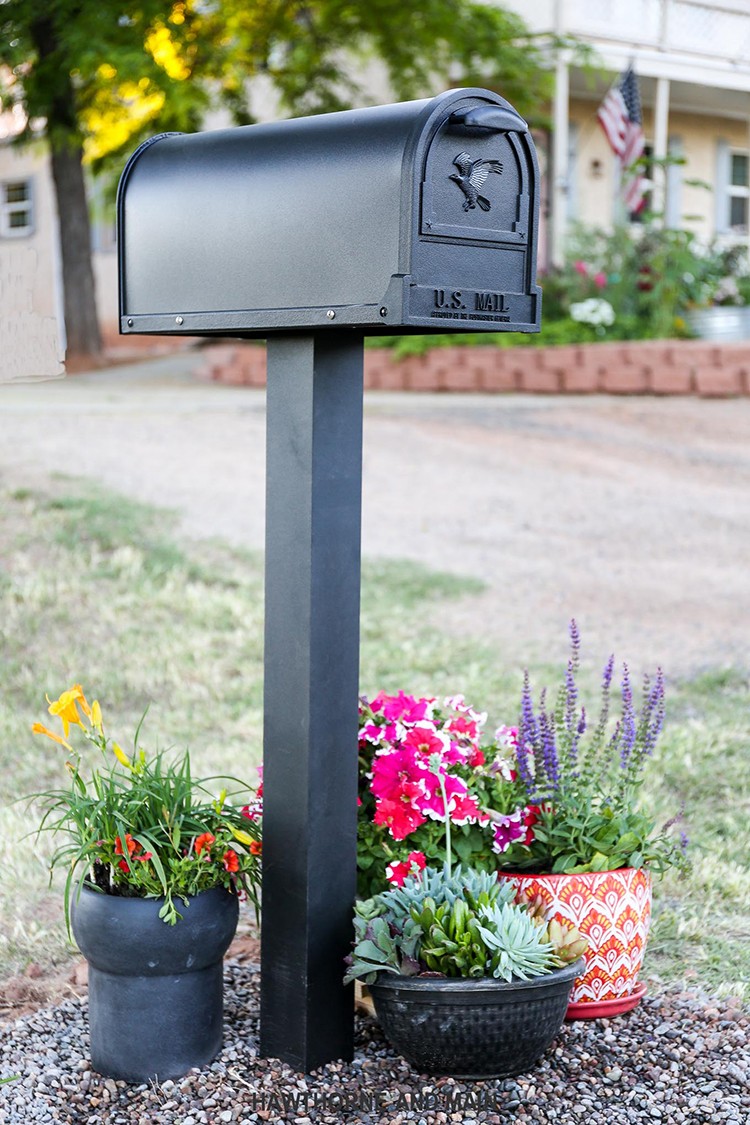The prospect of installing your own flooring can be intimidating but it is actually easier than many other DIY home improvement projects. There is very significant differences in the level of difficulty however depending on the flooring chose and the suitability of a particular room for that flooring option. Knowing the differences in suitability and difficulty can help you make the best choices and even decide if you can do it yourself or if you will require the services of a professional installer.
Flooring Options Rated on Ease of Installation and Suitability
There a many options in flooring available and their best use varies considerably. Aside from simple matters of taste, style, and usability you need to consider amount of effort or cost in preparing a floor for the covering.
Carpet – the most forgiving floor covering. It can be used to cover nearly any condition service with little worry due to the thick pad installed beneath it. Uneven floors, slight warping, or unfinished surfaces are of little concern. It can be installed yourself and if needed the extra tools such a carpet stretcher can be rented usually. If multiple or long seams are required professional installation is often recommended but the fact is carpet installation is relatively cheap so there are limited savings to be achieved by doing it yourself.
Vinyl Flooring– does well over warped or slightly bowed floors however it requires a smooth preferably sanded surface with no cracks. Seams in underlay or plank must be tight with minimal irregularities. Any cracks or irregularities will cause excess wear on those areas of floor over time and stress marks or discoloration visible on the surface. Similar to carpet it can be installed yourself but the relatively low cost of it to be installed if the floor is properly prepared mitigates reason to try to do so. One poor cut can cause nearly unfixable problems.
Laminate Flooring – an excellent choice for many uses. It is more forgiving than vinyl in surface preparation and can handle even slightly uneven or warped surfaces well (key word being slightly). It comes in a huge variety of styles and colours. It is not as durable as real wood or tile but is longer lasting. Do not fool yourself or be convinced it is not noticeably different than true hardwood- the difference in look is readily visible regardless of quality. It is inexpensive to purchase (by comparison) and can be installed by the typical DIYer with a reasonable tool inventory. The relative low cost of the material makes it so a cutting error is not of great concern. It is imperative that you use the recommended vapour barrier for your installation. A standard size room can be installed in a long day by a novice.
Hardwood Flooring – extremely durable and can be refinished instead of replaced in high traffic areas. Natural aesthetic appeal is nearly unbeatable and excellent selection of styles, woods, and colours make it a fit for any room. Requires an absolutely level subfloor. Rooms that are out of square will pose significant installation challenges. Because it is in planks a poor cut is easily corrected but it is expensive and material costs will add up quickly. You can install hardwood flooring but will need high quality saws and saw blades. Patience is the key to a good installation as well as ensuring a level and even starting surface. Expect it to take at least twice as long to install as laminate flooring due to it less forgiving nature.
Always comparison shop on flooring – particularly for DIY installations. If ordering online to take advantage of better pricing ensure you order enough. Typically order an additional 10% to measured requirements to make up for loss from cuts and trimming.


